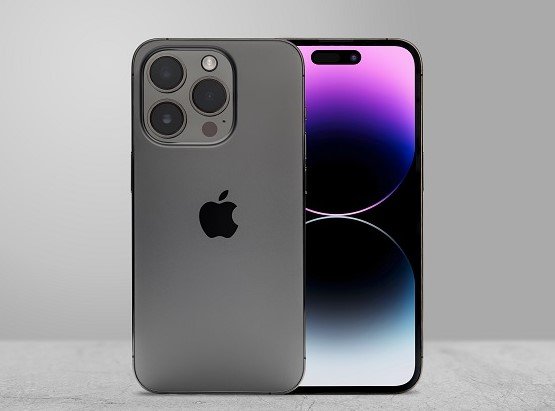Apple has decided to sharply reduce production of its new iPhone Air model because of weak customer demand. This move, reported in late October 2025, comes just weeks after the phone’s launch and highlights a shift toward more feature packed options like the iPhone 17 and iPhone 17 Pro.
Reasons Behind the Production Cuts
Recent reports show that Apple plans to cut iPhone Air output by as much as 80 percent starting next month. Analysts point to underwhelming sales figures as the main driver, with global demand falling short of expectations.
One key factor is consumer preference for devices with better battery life and advanced cameras. The iPhone Air, while slim and light, seems to miss the mark for many buyers who want longer lasting power and pro level features.
Surveys from market researchers indicate almost no interest in the ultra thin design. Instead, shoppers are picking models that offer more value in everyday use.

This trend mirrors issues seen with other slim phones in the market. For example, competitors have faced similar sales drops when focusing on thin builds over practical benefits.
How the iPhone Air Stacks Up Against Other Models
The iPhone Air launched in September 2025 at a starting price of 999 dollars. It boasts a titanium frame and measures just 5.6 millimeters thick, making it one of Apple’s lightest phones in years.
Despite these specs, sales data shows it lags behind the iPhone 17 series. The standard iPhone 17 and Pro versions are seeing strong demand, with shipping delays up to three weeks on Apple’s site.
Experts note that the iPhone Air’s 48 megapixel camera matches what’s in higher end models, but its battery life falls short without extras like the optional MagSafe pack.
To illustrate the differences, here’s a quick comparison of key features across recent iPhone models:
| Model | Thickness (mm) | Starting Price (USD) | Battery Life (hours) | Camera Megapixels |
|---|---|---|---|---|
| iPhone Air | 5.6 | 999 | Up to 20 | 48 |
| iPhone 17 | 7.8 | 799 | Up to 26 | 48 |
| iPhone 17 Pro | 8.2 | 999 | Up to 29 | 48 (with extras) |
This table highlights why buyers might lean toward thicker models with better endurance.
Production adjustments will likely lead to limited stock soon. Apple’s website still shows the iPhone Air available in all colors without delays, unlike its siblings.
Broader Impact on Apple’s Strategy
These cuts could signal a rethink in Apple’s product lineup for 2026. The company has a history of testing niche designs, like the mini iPhones from a few years back, which also saw poor sales and quick discontinuation.
Industry watchers suggest this reflects a market shift away from gimmicky thin phones. Recent events, such as a rival canceling its own slim model due to low interest, support this view.
Apple’s overall iPhone sales remain solid in 2025, driven by AI features and strong Pro model performance. However, the Air’s flop might push more focus on foldables or other innovations.
Financially, the impact appears contained. Stock prices dipped slightly after the news, but analysts expect recovery as resources shift to top sellers.
What This Means for Consumers and the Market
Buyers looking for a slim phone might need to act fast, as availability could dry up. Those who already own an iPhone Air report mixed feelings, praising the light weight but noting battery concerns.
In the bigger picture, this event underscores changing tastes in smartphones. People now prioritize all day battery and powerful cameras over extreme thinness.
Looking ahead, Apple may refine its approach based on this feedback. Rumors swirl about potential updates or new designs to better meet demand.
For now, the iPhone 17 lineup continues to dominate, offering a balance of features that appeal to a wide audience.
Lessons from Past iPhone Launches
Apple has faced similar challenges before. The iPhone 12 Mini and 13 Mini, both compact models, sold poorly and were phased out after low uptake.
Key takeaways from those experiences include:
- Consumers often choose larger screens for media and productivity.
- Battery life remains a top priority over size reductions.
- Price points must match perceived value to drive sales.
These patterns help explain the iPhone Air’s struggles. Market data from 2025 shows a clear preference for versatile devices.
Experts believe Apple will use this data to guide future releases. The company has bounced back from such setbacks in the past, often leading to stronger products.
If you found this article helpful, share it with friends or leave a comment below on your thoughts about the iPhone Air.
